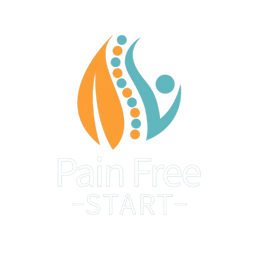Lesser-Known Symptoms of Rheumatoid Arthritis & Treatment
Rheumatoid arthritis (RA) is an autoimmune disorder that can cause chronic inflammation and joint damage. While joint pain is well known, RA also presents with other lesser-known symptoms. Recognizing these early signs is crucial for timely diagnosis and effective treatment.
Lesser-Known Symptoms of Rheumatoid Arthritis
Understanding these symptoms can help with early detection and better management of RA. Patients should monitor their health closely and discuss any concerns with their healthcare providers.
1. Fatigue
Extreme tiredness is common in RA due to inflammation and medication side effects.
2. Stiffness
Joint stiffness, especially in the morning, can make movement difficult and may last for hours.

3. Numbness and Tingling
RA-related nerve damage can cause numbness and tingling in the hands and feet.
4. Fever
Some RA patients experience low-grade fevers that come and go.
5. Skin Changes
RA may cause rashes or lumps under the skin.
6. Eye Problems
Inflammation in the eyes can lead to dryness, redness, and light sensitivity.
7. Weight Loss
Unintentional weight loss can occur, even without dietary changes.
Treatment of Rheumatoid Arthritis
Alongside medical treatments, lifestyle adjustments can help manage RA symptoms. These include:
- Regular exercise to maintain mobility and reduce stiffness
- A healthy diet to support immune function
- Stress reduction techniques to lower inflammation
- Adequate sleep for recovery and symptom management
My Pain-Free Body Program is a gentle yet effective way to improve strength, flexibility, and posture—helping reduce pain and stiffness. A well-functioning body experiences less discomfort, making it easier to stay active.
For more insights, check out my blog on Exercising with Rheumatoid Arthritis (RA) which covers the best exercises and what to avoid.
Conclusion
Being aware of RA’s lesser-known symptoms can lead to earlier diagnosis and better management, ultimately improving quality of life. If you or someone you know is affected, share this information to help spread awareness and encourage proactive care.
Take care, Helen
Helen Manders BSc (Hons) MCSP HCPC
Chartered Physiotherapist Since 2001




